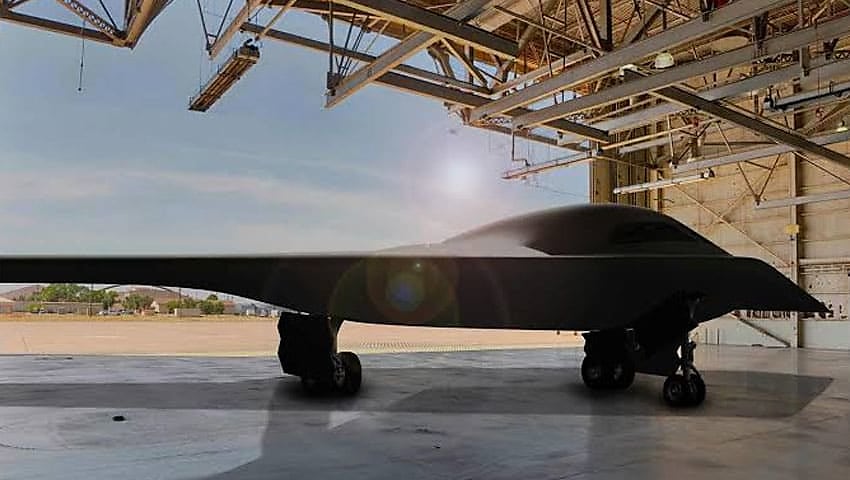The shadow defence minister has touted the procurement of the next-generation stealth bombers for the Royal Australian Air Force within the “Davidson window”.
To continue reading the rest of this article, please log in.
Create free account to get unlimited news articles and more!
Shadow minister for defence Andrew Hastie has called on the Albanese government to expedite the acquisition of long-range strike capability to ensure the Australian Defence Force (ADF) is equipped to deter enemy threats in a rapidly deteriorating geostrategic environment.
The shadow minister acknowledged the capability gap ahead of the delivery of Australia’s future fleet of nuclear-powered submarines promised under AUKUS.
He backed the purchase of existing SSN designs — like the United Kingdom’s Astute Class and the United States’ Virginia Class vessels —in light of the government’s reported interest in supporting the development of a new design in cooperation with AUKUS partners.
“We'll wait and see what comes out in March when the AUKUS working group finishes its work,” he said.
“But I think we want to make it as least complex as possible, which means going with one of the established designs — either the Astute Class or the Virginia Class …”
Shadow minister Hastie noted the importance of strengthening Australia’s sovereign defence industry but stressed “capability must come first”.
In the meantime, the shadow minister said the Albanese government should explore other long-range strike alternatives, specifically touting the acquisition of B-21 Raiders — Northrop Grumman’s next-generation long-range stealth bomber.
Such capabilities, he said would strengthen Australia’s deterrence posture amid the heightened regional threat.
Hastie referenced remarks from Admiral Phil Davidson, the former Commander of Indo-Pacific Command, who last year warned China could take military action against Taiwan over the next six years — a timeline referred to as the “Davidson window”.
“We’re now five years [away] if we go with his timeline [and] we’re not going to see a nuclear submarine in the next five years,” shadow minister Hastie said.
“The question is, what are we going to do to hedge against that happening in the next five years, which is [why] we need to start talking about strike capabilities like missiles and potentially B-21s out of the United States.
“We need to be able to hold an adversary at risk, at distance, out passed the archipelago to our north and in order to do that, you need strike capabilities — missiles, aircraft and long-term, nuclear submarines.”
Hastie’s backing of the B-21 Raider comes just days after Northrop Grumman confirmed the bomber is scheduled to be officially unveiled in the first week of December.
The stealth bomber, developed in collaboration with the US Air Force, is expected to be on display during an “invite-only” event at Northrop Grumman’s facility in Palmdale, California.
Northrop Grumman secured a contract to develop the strike aircraft in 2015, assembling a team to design, test and build the platforms.
The company is currently working on six B-21 test aircraft, which are in various stages of final assembly.
The B-21 is scheduled to embark on its first flight in 2023, with the final date determined by ground test outcomes.
Northrop Grumman completed the first loads calibration test for the B-21 in early May, with the trial designed to test the plane’s airframe features under stress to determine flight readiness.
The B-21 is designed to be long-range, highly survivable and capable of carrying a mix of conventional and nuclear ordnance.
This is expected to enable the USAF to penetrate enemy air defences anywhere in the world.

 Login
Login







